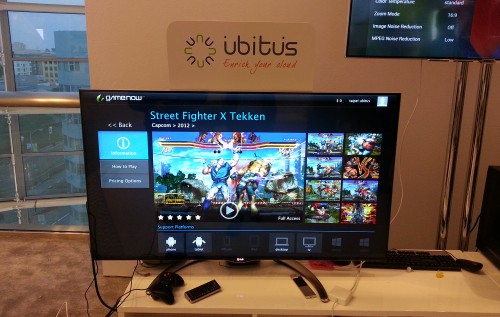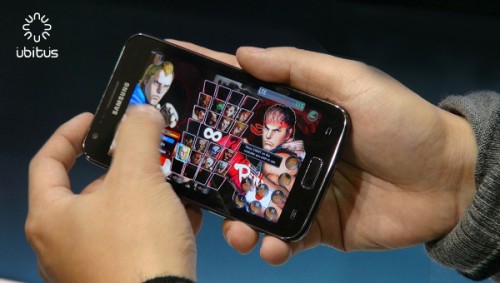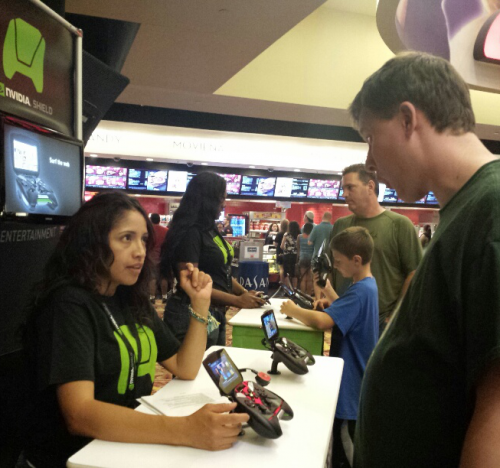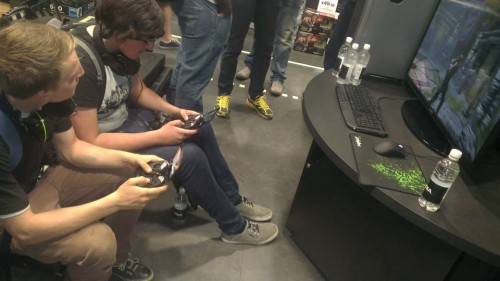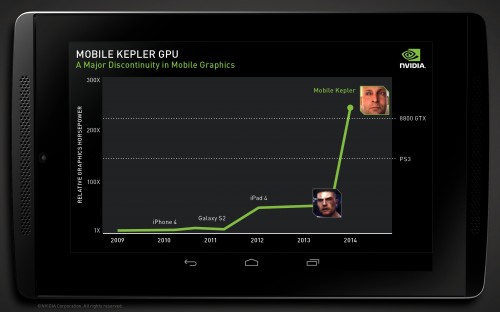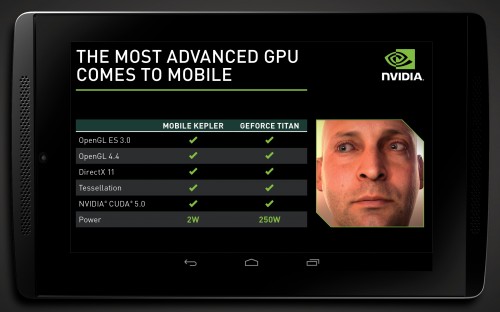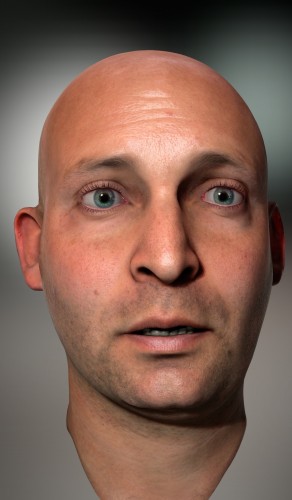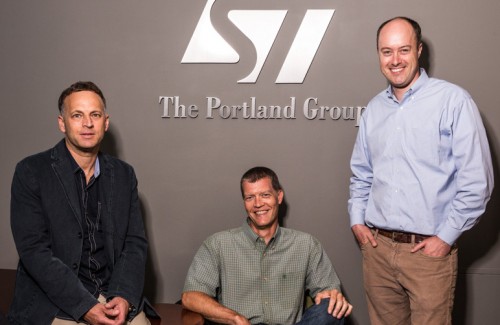
Editor’s note: More than a dozen companies participated in our fifth annual Emerging Companies Summit, held earlier this year during NVIDIA’s GPU Technology Conference. Below is one in a series of company profiles showcasing how startups are innovating with GPU technology.
A growing number of early adopters can tell you about the cloud gaming service they enjoy, with its smooth play, hundreds of titles to choose from and flexible billing options. But ask them to name the company whose technology makes it possible, and they’ll likely be left scratching their heads.
For gamers in Asia, Europe and North America, that would be Taiwan-based Ubitus, one of the first companies to commercialize cloud gaming.
Building a cloud gaming service isn’t easy. For a start, consider having to navigate the scores of publishers of thousands of different gaming titles and to account for all the various operating systems and device types.
Now, make it really hard: meet the demands of multiple telecommunications and cable providers in countries around the world, including integrating with their sophisticated billing and authentication systems.
“Selling a server and game content is easy,” says Ubitus CEO Wesley Kuo. “What sets Ubitus apart is the turnkey cloud gaming platform solution we provide to telcos and cable operators – and being able to satisfy their 99.999% service-level agreements.”
Making cloud gaming work may be hard, but gamers don’t care about the details. They just want their games to run flawlessly from wherever they are.
To achieve this, Ubitus has been an early adopter of GPU technology. One year after its founding in 2007, the company began using NVIDIA GPUs and the CUDA programming model to virtualize game streams to the PC. It started using GPUs based on NVIDIA’s high-performance Kepler architecture last year, and are readying NVIDIA GRID cloud gaming technology to give performance a further boost.
March of the MMOs
By 2011, Ubitus was streaming games over LTE networks for mobile phones and tablets as part of a landmark deal with Japan’s NTT DoCoMo. Now, it has more than a million active Android devices on the latest LTE wireless networks, including Verizon Wireless in the U.S.
With every success, however, Ubitus finds another technological mountain to climb.
The rise in popularity of massively multiplayer online games (MMOs) posed a challenge because, unlike standalone PC games sold at retail, MMOs can receive ongoing updates from the publisher. However, the games can’t be buffered on a device like movies can – the players would all be in different places in the game. So Ubitus figured out how to integrate these changes on the fly.
It’s also made it easy for graphic designers and programmers to deal with the variety of gaming devices in use today by developing software that allows streaming games to recognize input from players, without changing the game itself. Controls can be virtualized, games adjust for different screen sizes, and the source of player input is recognized – whether from a joystick with a smart TV or a virtual gamepad with a tablet.
Ubitus continues to look to the future of cloud gaming. It recently integrated its low-latency gaming service with Google TV, and announced a partnership with Deutsche Telekom to expand its footprint into Europe.
It’s also seeking to expand the social side of gaming.At E3 this year, Ubitus showcased a new feature that allows gamers to invite friends to compete instantly at any stage of the game session; through social networks like Facebook, Google+ and Twitter.
Check out the video below to see how Ubitus will help friends join a game in progress, and broadcast your greatest moments and wins to your friends immediately.
